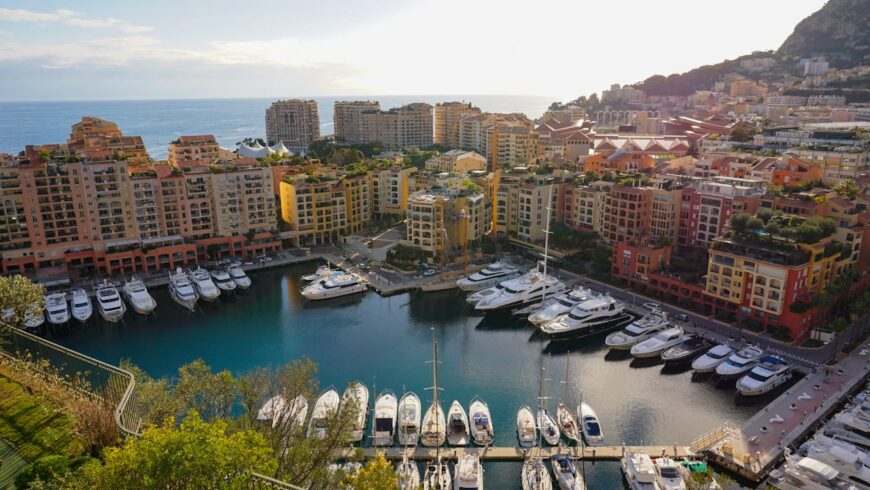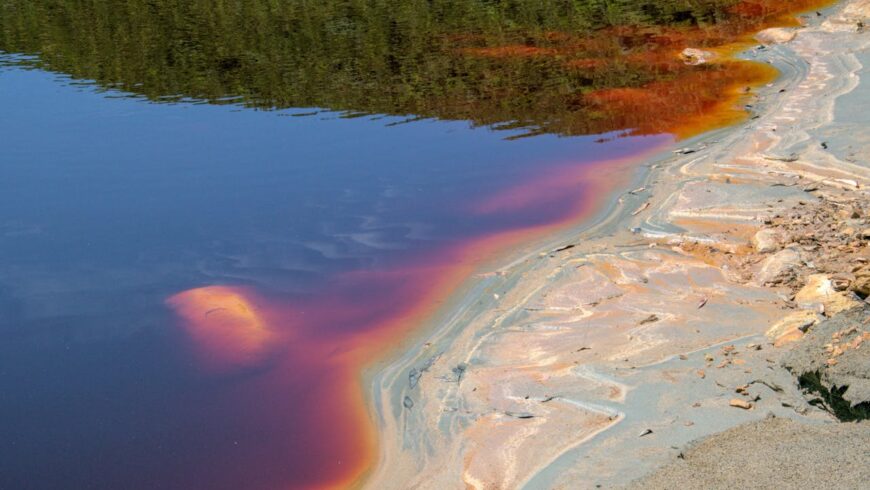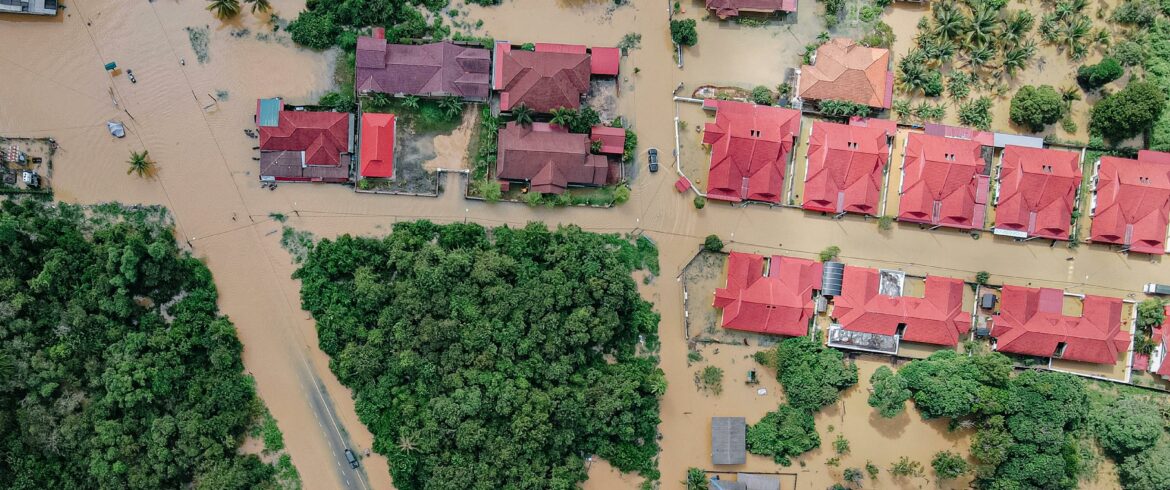A friend called me one night, suffocating at 3 a.m. She couldn’t breathe normally, and it felt like she had just climbed ten flights of stairs. The morning after, we rushed to the clinic. She was diagnosed with asthma, possibly caused by the heavily polluted air quality in our city, Belgrade, Serbia. My friend, undeniably shaken by the event and her new health problem, has been actively planning to move away from Serbia. “Here, living conditions are catastrophic; we are suffocating and dying,” she said. This is not an isolated case. As air pollution and extreme weather events increase, more people are choosing—or being forced—to leave their home countries. Climate refugees vs. luxury expats has become a pressing topic as global migration takes new forms in the 21st century.
A Growing Concern: Climate Change-Induced Migrations
Climate change is no longer a distant threat; it is causing real-world effects that are forcing people to migrate. For the past few years, Belgrade has consistently ranked among the world’s top 3 most polluted major cities, according to IQAir. During 2024, Belgrade’s air pollution exceeded WHO guidelines 174 times, meaning it occurred on average every second day. In 2020 alone, 20.4 million people were displaced by climate-related disasters like floods, droughts, wildfires, and hurricanes, according to the Internal Displacement Monitoring Centre (IDMC). For many, these events make their homes uninhabitable in a growing climate real estate crisis, and moving to another country is the only option for survival.
In places like the Pacific Islands, entire communities are relocating due to rising sea levels. Sub-Saharan Africa has also had prolonged droughts and crop failures. In South Asia, countries like Bangladesh and India face annual flooding that displaces millions of people. These populations have no choice but to seek refuge in countries that can offer a more stable environment.

Basic Human Rights vs. Luxury
On the other hand, you often hear about famous people from your country, such as athletes and politicians, relocating to or purchasing property in different countries. This is usually due to lower taxes— for example, in Monaco, there are no wealth or property taxes. At other times, it’s for better living conditions or lifestyle improvements. These individuals typically have the financial means to choose their destination and can afford upscale living standards, including luxury housing, access to high-end services, and international schools. Unlike climate refugees, they typically do not face the same hardships as those who are forced to migrate.
Where Are People Moving?
Climate refugees often seek destinations with cleaner air, stable weather, and strong economies. Canada remains a top choice, offering clean air, universal healthcare, and robust environmental policies in cities such as Vancouver and Toronto. Australia and New Zealand attract those fleeing ecological damage, with New Zealand known for its low pollution and sustainable living. Scandinavian countries, such as Sweden, Norway, and Denmark, are also popular, offering clean air, robust social welfare systems, and a high quality of life. Migrations are not innovations that will save the planet in this case.
In contrast, climate refugees are a distinct group, whereas luxury expats move for personal gain, choosing destinations with high living standards. Switzerland is a top destination renowned for its excellent healthcare, robust economy, and stunning landscapes. The UAE, particularly Dubai and Abu Dhabi, offers a tax-free lifestyle and business opportunities. Singapore attracts expats with its healthcare system and strategic location, while Monaco is a luxury haven for high-net-worth individuals seeking tax benefits and an exclusive lifestyle.

Case Study: Impact of International Projects
A notable example of how international corporate projects can significantly affect the ecosystem and local communities is Rio Tinto’s involvement in mining projects worldwide. One of the most controversial projects has been the Rio Tinto Oyu Tolgoi copper-gold mine in Mongolia. It has faced criticism for its environmental impact, particularly on nearby rivers. In another example, Rio Tinto’s Jadar Project in Serbia aims to extract lithium for use in batteries, a critical resource for the electric vehicle industry. The project poses a threat to harm the Jadar River and its surrounding ecosystems. Local communities are now at risk of displacement, and the health of the rivers could be irreversibly damaged. The project has sparked significant protests and resistance from local citizens and environmental groups, demanding stricter environmental safeguards and more sustainable practices.
What Can be Done?
These case studies illustrate the importance of striking a balance between innovation and progress while also prioritizing responsible environmental practices. Innovations in mining, such as the extraction of rare minerals required for clean energy, are necessary for the future. Still, they should not come at the expense of destroying vital ecosystems. The long-term impact of projects like these could contribute to an increase in climate refugees, individuals who are displaced not only by natural disasters but also by environmental degradation resulting from corporate negligence. You can’t be a happy person if basic standards are not being met in your country. Citizens must hold their governments accountable for clean air, clean water, and a safe environment. Governments must prioritize climate change adaptation policies that ensure all citizens have access to clean air and secure living spaces.

Final Thoughts: Ethics of Climate Refugees vs. Luxury Expats
When discussing climate refugees vs. luxury expats, there are two perspectives. In Europe, a rising anti-migrant sentiment has emerged as a response to years of ongoing migration crises. Luxury migrants, who move for lifestyle improvements, tend to face less scrutiny and more opportunities compared to climate refugees or those escaping disasters or poverty. The ethical dilemma lies in the disparity of treatment between these two groups. While both contribute to shifting global migration patterns, countries often resist the influx of climate refugees.

Author’s Bio: Lena is a graduate in Political Science and Journalism, as well as a consultant for International Sea & Air Shipping. With her background in international relations and logistics, Lena has a keen understanding of the complex issues surrounding global migration, trade, and environmental impacts. Her expertise in worldwide shipping and sustainable practices is directly tied to the discussion of climate concerns, as she advocates for responsible policies in global migration and resource management.
Photo by Pok Rie via Pexels
